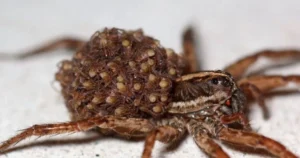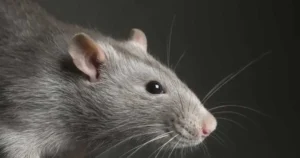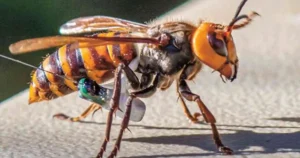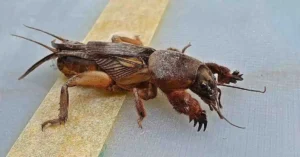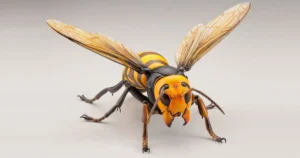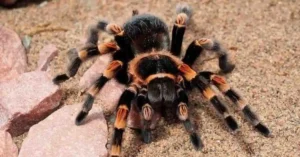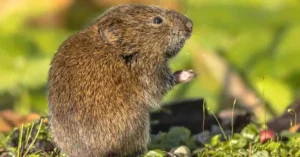Mice can be a significant nuisance in homes and businesses, causing damage to property, food, and insulation. One of the most efficient ways to deal with a mouse infestation is using mouse traps, but choosing the right bait is crucial. The effectiveness of a mouse trap is often determined by the bait used. In this article, we’ll explore the best baits for mouse traps, how to choose them, and tips for maximizing your trapping success.
Why the Right Bait Matters
Mice are opportunistic feeders, meaning they are constantly on the lookout for food sources. Choosing the right bait for a mouse trap is essential because it determines whether the mouse will investigate the trap and, ultimately, be caught. Baiting a trap with the wrong food can result in mice avoiding the trap altogether or simply nibbling at the bait without triggering the mechanism.
To optimize your chances of success, you need to understand the dietary preferences of mice, their behavior patterns, and how to place the bait effectively.
Best Baits for Mouse Traps
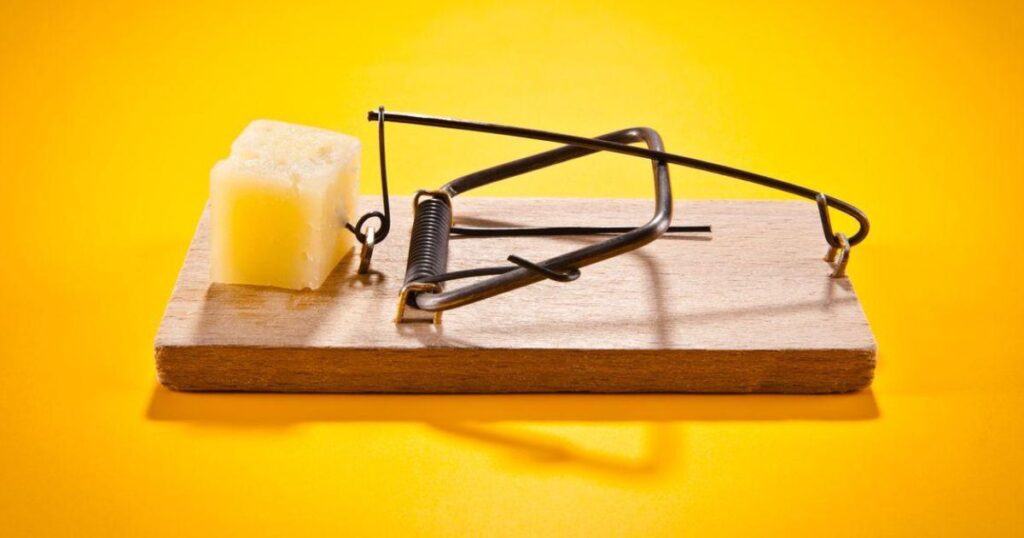
There are many types of bait you can use for mouse traps. Some are more effective than others, depending on the type of mouse you’re dealing with and the environment in which you’re setting the traps. Here’s a rundown of the best baits for mouse traps:
1. Peanut Butter
Peanut butter is one of the most popular and effective baits for mouse traps. Its strong smell and sticky consistency make it an attractive option for mice. The scent of peanut butter draws mice in, and the sticky texture ensures they can’t easily remove it without triggering the trap.
How to Use It:
Place a small amount of peanut butter on the bait platform of the trap.
Make sure it’s not too much—just enough to attract the mouse.
Be sure to use smooth peanut butter, as chunky varieties may not stick as effectively.
2. Chocolate
Mice have a strong preference for sweet foods, and chocolate is no exception. The smell of chocolate can be irresistible to them, especially when combined with other sweet foods like sugar or syrup.
How to Use It:
Break a small piece of chocolate or use chocolate spread and place it on the trap.
Chocolate is especially effective in colder months, as mice are often looking for energy-dense foods.
3. Cheese
Cheese is often portrayed as the ultimate mouse bait, but while it can work, it isn’t always the most effective. Mice may nibble on cheese, but they are more likely to go for sweet or nutty alternatives like peanut butter.
How to Use It:
Use a small chunk of cheese, preferably something soft and aromatic like cheddar.
Mice are drawn to the strong smell, so ensure the cheese is fresh to maximize its scent.
4. Sunflower Seeds
Sunflower seeds are a great choice for baiting mouse traps, especially when you’re dealing with field mice or outdoor rodents. These seeds are small and easy for mice to grab, and they have a strong scent that attracts them.
How to Use It:
Place a few sunflower seeds on the trap or scatter them near the trap to lead mice to it.
They’re a natural food source, making them an ideal option for outdoor trapping.
5. Nutella or Hazelnut Spread
Similar to peanut butter, Nutella has a rich, sweet aroma that mice find irresistible. Its sticky texture ensures that the mouse will interact with the trap long enough for it to be triggered.
How to Use It:
Apply a small amount of Nutella or hazelnut spread onto the trap.
Like peanut butter, it’s crucial to use just enough to attract the mouse but not overfill the trap.
6. Oatmeal or Grain Products
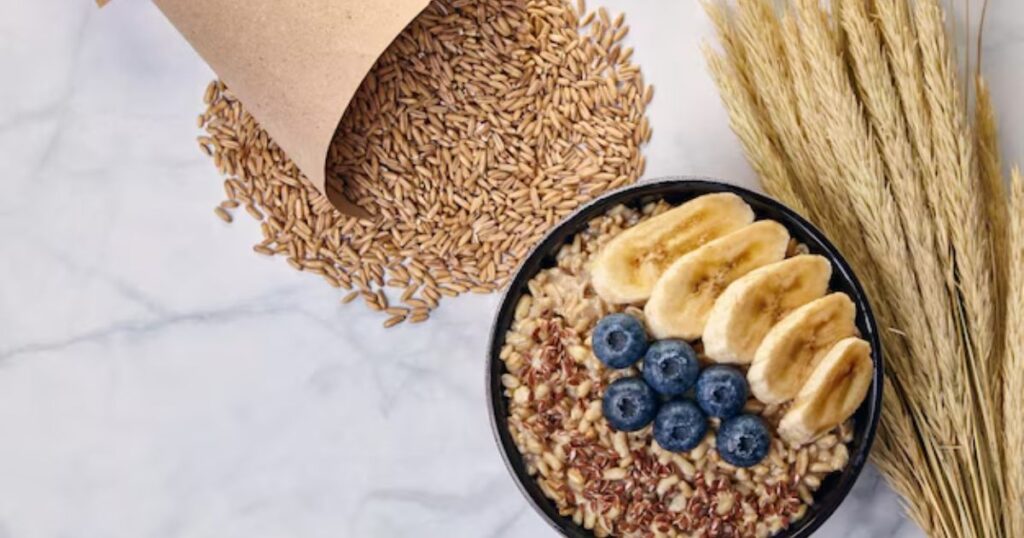
Mice are grain eaters by nature, and they will often go after foods like oats or rice. Oatmeal can be a good option, especially if you’re trying to trap mice in areas like kitchens or pantries.
How to Use It:
Place dry oats or cooked oatmeal on the trap. Mice will be drawn to the texture and smell of the oats.
7. Bacon or Meat
Mice are omnivores and enjoy eating meat, particularly fat-rich bacon or other types of cooked meats. The strong odor of bacon or sausage is highly attractive to mice.
How to Use It:
Use a small strip of cooked bacon or another fatty meat.
Be careful not to use too much fat, as it can make the trap slippery and difficult for mice to interact with.
8. Seeds, Grains, and Nuts
Many varieties of seeds, grains, and nuts (especially sunflower seeds, peanut pieces, and walnuts) are excellent mouse baits. These are high in fat and protein, making them very appealing to rodents.
How to Use It:
Break the nuts into small pieces or scatter seeds around the trap.
The scent will attract mice from a distance, increasing your chances of success.
Tips for Using Mouse Traps
While choosing the right bait is essential, there are other factors to consider when setting up mouse traps for maximum effectiveness. Here are some tips to improve your trapping success:
1. Placement of Traps
Along Walls: Mice tend to travel along walls to avoid open spaces. Placing traps along walls increases the chances of a mouse encountering the trap.
Near Mouse Activity: If you notice droppings or gnaw marks, place your traps nearby. Mice are creatures of habit and will follow the same routes.
2. Trap Type
Snap Traps: These are the most common type of traps, offering a quick kill. Ensure they are set properly to avoid wasting the bait.
Electric Traps: These traps deliver a fatal shock to the mouse and are reusable. They are effective but can be more expensive.
Catch-and-Release Traps: For a humane approach, catch-and-release traps allow you to capture the mouse and release it far from your home.
3. Regular Monitoring
Check your traps regularly. Mice are opportunistic feeders, so leaving a trap unattended for too long can result in missed opportunities.
4. Use Multiple Traps
Mice tend to travel in groups, so setting multiple traps increases the chances of catching them all. Place traps in different locations to cover more ground.
Preventing Future Infestations
While setting traps is an effective solution for getting rid of mice, prevention is key to keeping them out in the future. Here are some steps you can take to prevent a mouse infestation:
Seal Entry Points: Inspect your home for holes or cracks where mice could enter and seal them with steel wool or caulking.
Keep Food Stored Properly: Store food in airtight containers, and clean up crumbs and spills immediately.
Maintain Cleanliness: Regularly vacuum and remove trash to eliminate food sources.
Conclusion
In conclusion, selecting the right bait for your mouse traps is crucial for effective rodent control. Peanut butter, chocolate, sunflower seeds, and other attractants are some of the best choices to lure mice into traps. Remember that trap placement, the type of trap used, and regular monitoring are just as important as the bait itself.
By combining these strategies and taking preventive measures, you can ensure that your home or business stays mouse-free.
FAQs
1-What is the most effective bait for mouse traps?
The most effective bait for mouse traps is peanut butter, as it has a strong smell and sticky consistency that attracts mice. However, other baits like chocolate, sunflower seeds, and Nutella can also be effective.
2-How often should I check my mouse traps?
You should check your mouse traps at least once a day. Mice are nocturnal creatures, and checking the traps regularly will help you manage the infestation more effectively.
3-Can I use multiple types of bait in different traps?
Yes, using different types of bait in multiple traps can increase your chances of success. Some mice may prefer peanut butter, while others may be more attracted to chocolate or seeds.
4-How can I prevent mice from returning after trapping them?
To prevent mice from returning, seal all entry points into your home, keep food stored securely, and maintain a clean environment. Regularly check for signs of new infestations.

James William is a passionate animal lover and expert in the Animals and Pets niche. With years of experience in pet care, wildlife studies, and blogging, James shares practical tips, heartwarming stories, and expert advice to help pet owners build stronger bonds with their furry, feathered, and scaly companions.


